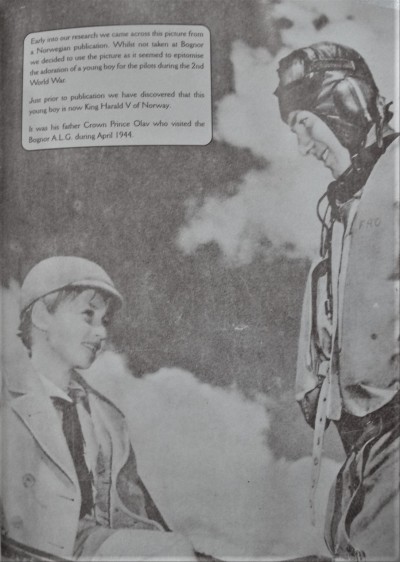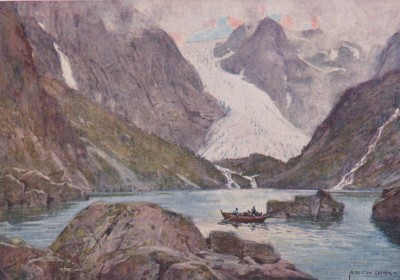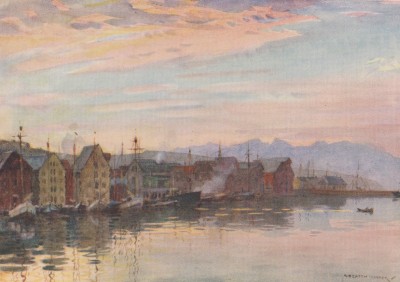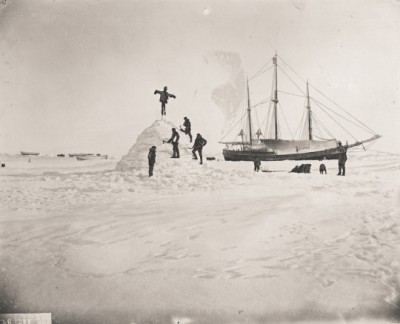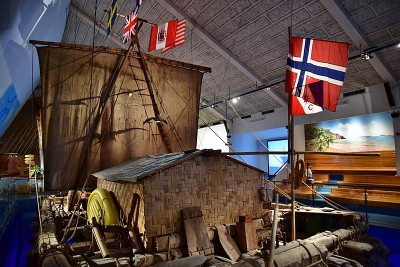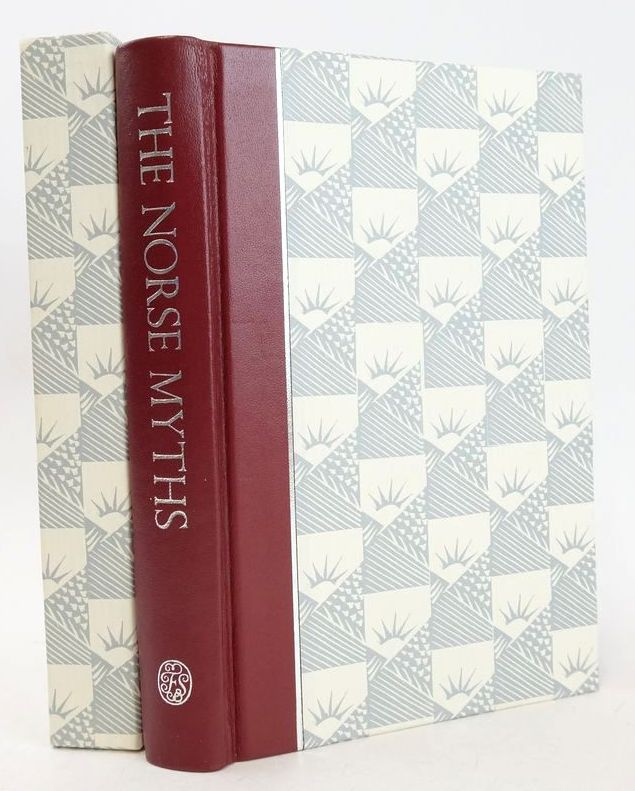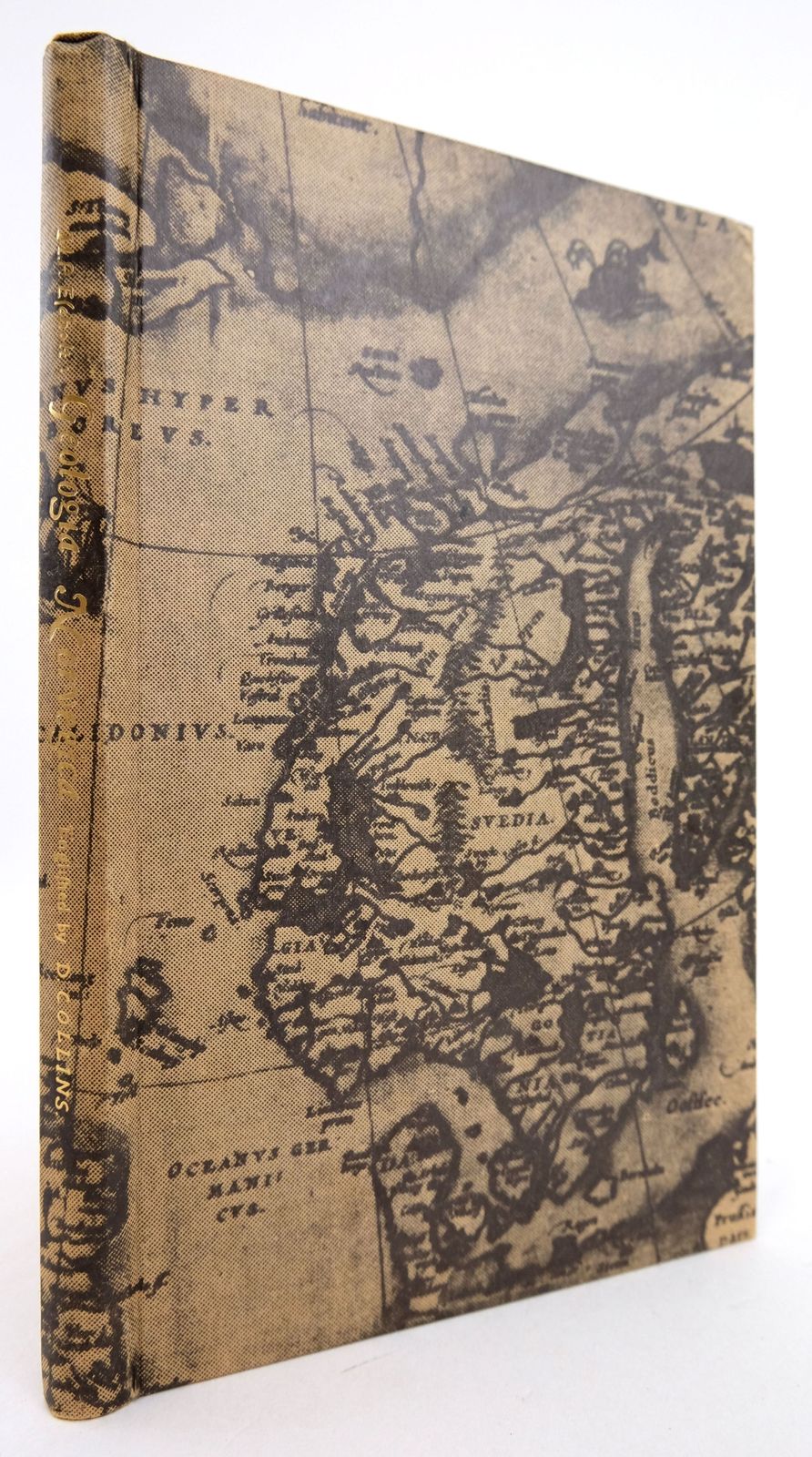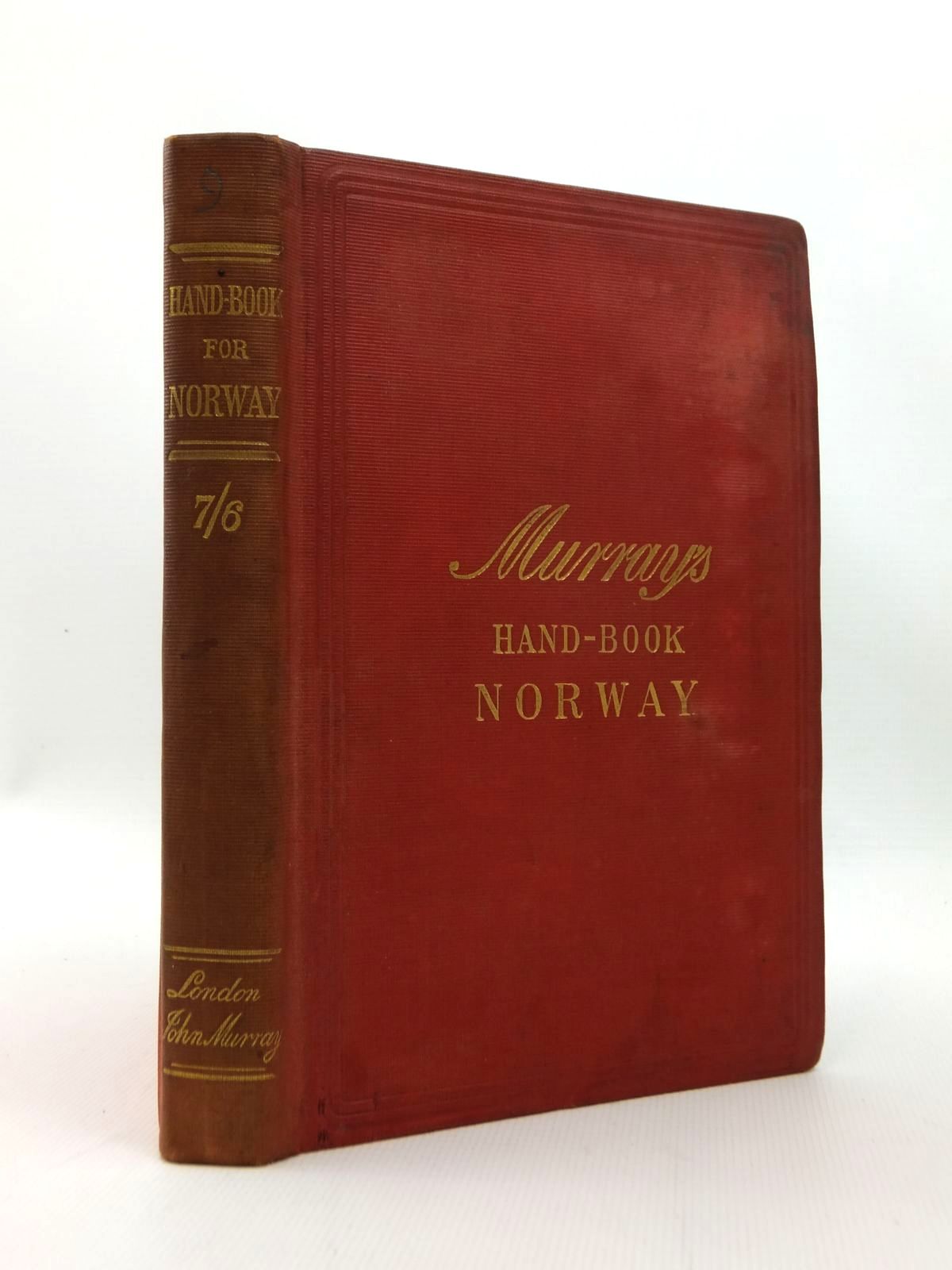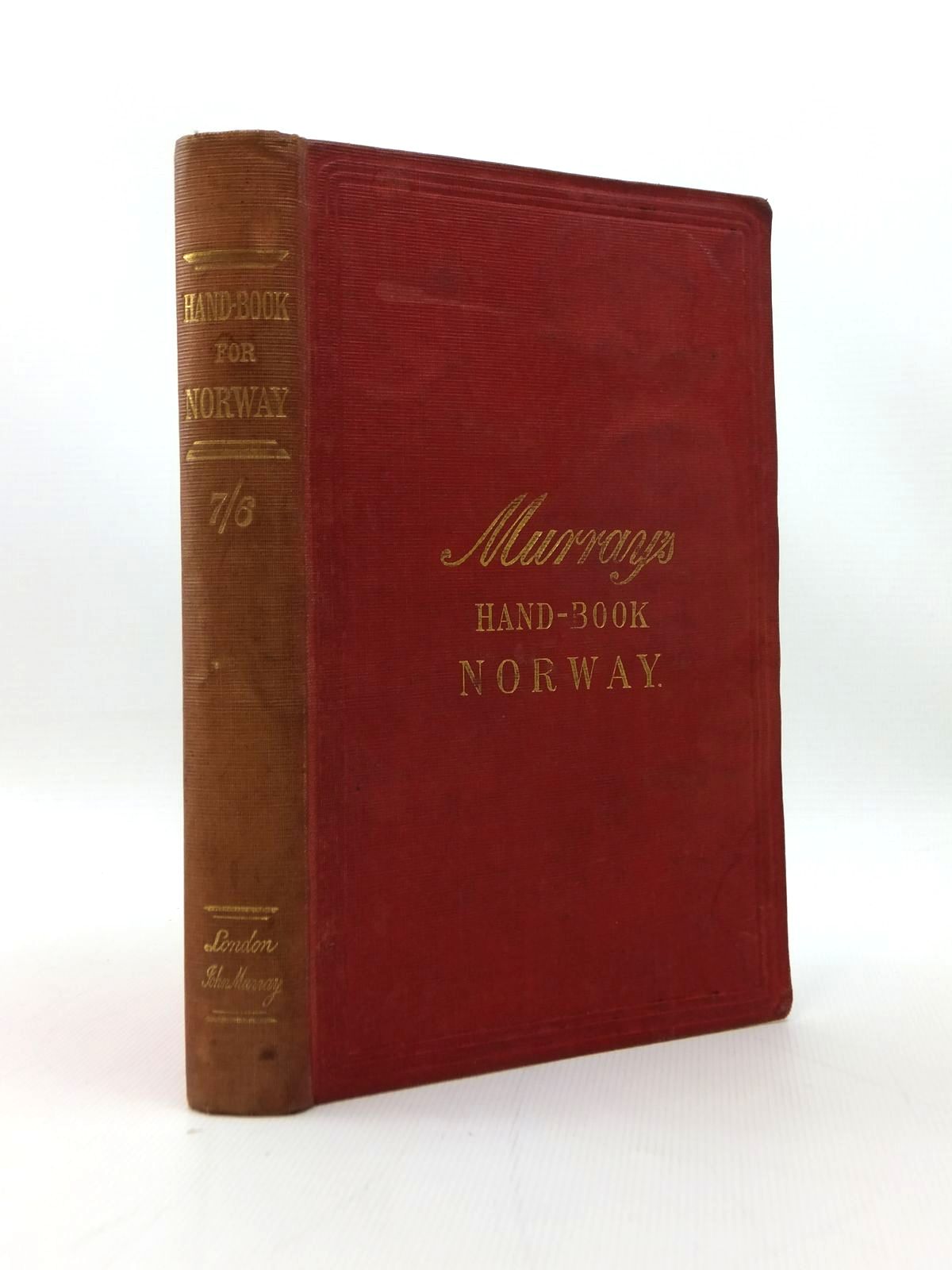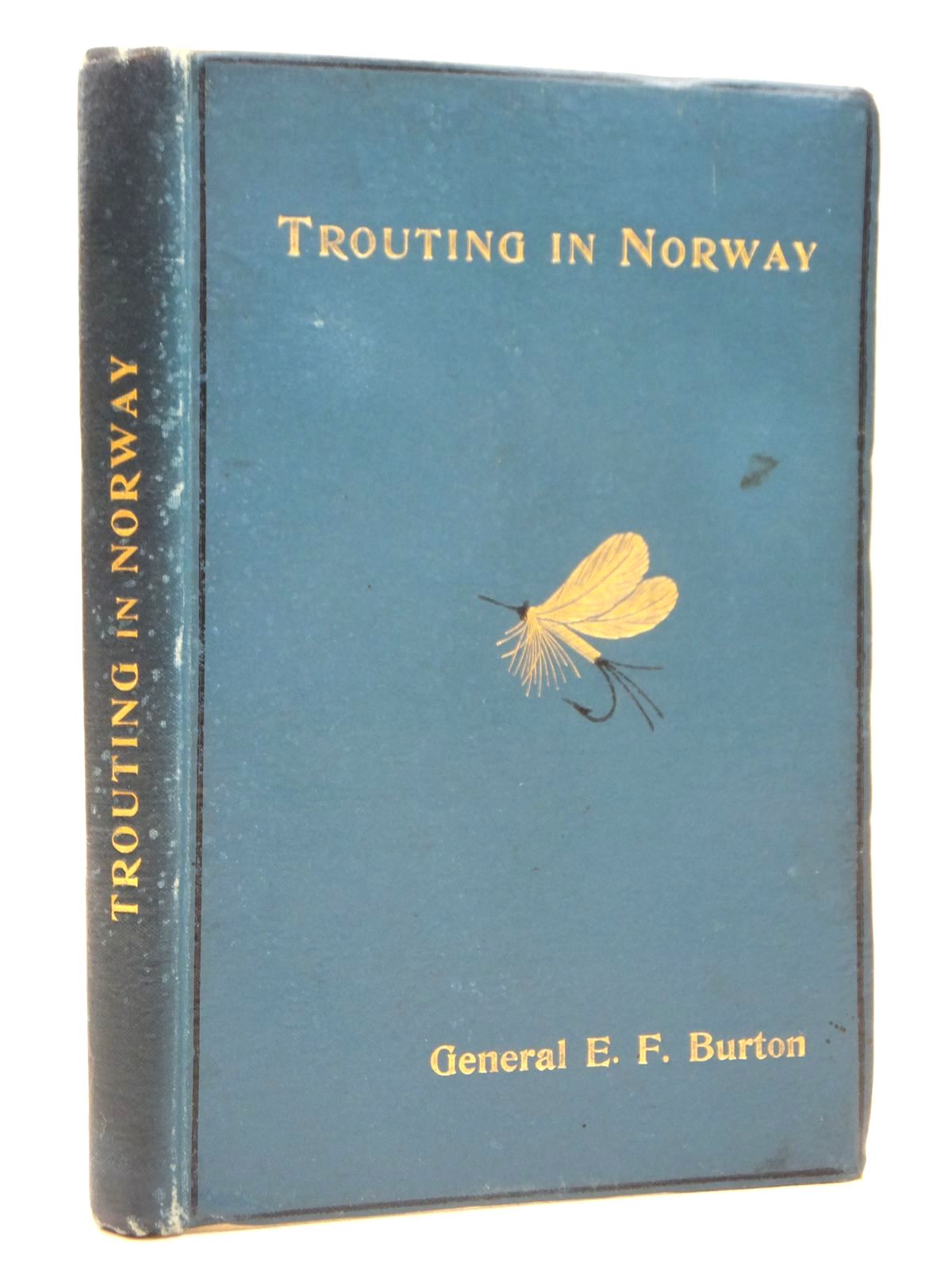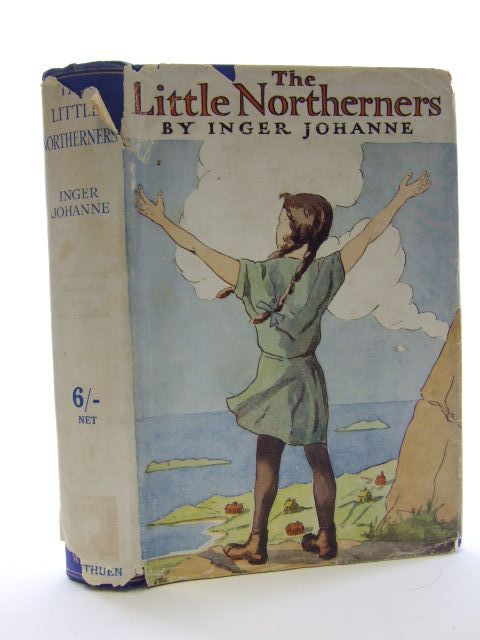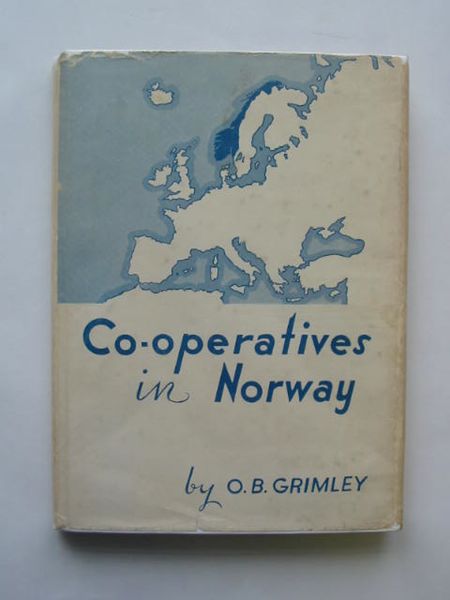The Kingdom of Norway
The Kingdom of Norway - a land of tolerance, respect and equality
Norway is part of Scandinavia, and its capital Oslo is on the same Latitude as the Orkney Isles. The king of Norway is Harald V with his queen Sonja. The northern portion is mostly above the Arctic Circle with the western and eastern areas being divided by mountain ranges called Lang Mountains. The fourth region is a narrow coastal land with many islands and narrow, steep fjords.
The international geological definition of a fjord is “a long, narrow inlet with steep sides or cliffs, created by a glacier”. The name fjord relates to the ancient Viking phrase “where you travel across”. There are more than 1,000 fjords, some of which are famous with many tourists visiting Norway to see them.
King Harald V as a boy from "It Started With a Map" by Sylvia Endacott / Hardanger Fjord from The Norwegian Fjords
Part of the named areas of the Shipping Forecast include the smallest municipality island off the southwestern coast of Norway - North Utsire and South Utsire. A famous phenomenon is the Aurora Borealis or Northern Lights which can be seen from “the capital of the Arctic”, Tromso. During the winter months inside the Polar Circle the phenomenon of the Polar Night can be seen and there can also be a magnificent Blue light visible at this time.
Tromso, Midnight from Norway by S.C. Hammer
The North Atlantic Drift, an extension of the Gulf Stream, gives the Atlantic coast of Norway a maritime climate whereas, generally in the lowlands and islands, the winters are mild and the summers cool. Many believe that Britain became an island about 1,850 years ago when a huge submarine landslide, named the Storegga Slide, occurred off the coast of Norway. This caused tsunami flood waters to inundate the shallow seas of Dogger land which formally joined Britain with Europe.
North of the Arctic Circle spruce and pine trees grow, mostly in the valleys amid rich vegetation. In the western regions conifer and broadleaf trees are found and in the eastern area there are thick forests of spruce and pine where the ground is full of mosses and heather. Wild berries grow profusely in all areas, including blueberries, cranberries and yellow cloudberries. Reindeer, wolverine, and lemmings live throughout Norway, but the larger animals such as the wolf, bear and lynx are now less common. Foxes, otters, badgers and martens are still thriving here as are moose and elk.
Moose - Image from Wikipedia / USDA Forest Service
The North Atlantic oceans are teeming with life such as pilot, minke, orca, humpback and sperm whales, with seal sightings almost guaranteed. Nesting sea birds and colonies are abundant on the islands and include skuas, razorbills, puffins, gannets, white-tailed eagles, and kittiwakes.
Oslo is famous for its Viking heritage and maritime history with many museums. The city is known locally as the Tiger City, so named after the Norwegian poet Bjørnstjerne Bjørnson who wrote a poem from 1870 describing “a fight between a horse and a tiger; the tiger representing the dangerous city and the horse the safe countryside”. Since the year 2000 a 4.5 metre bronze tiger made by Elena Engelsen has stood in front of Oslo Central Station.
Oslo’s Nobel Peace Centre is the place where the awards for the Nobel Peace Prize are given. The European Commission has designated Oslo as the European Green Capital 2019 with many eco-friendly buildings and hotels. But the old is not forgotten - the Viking Ship Museum houses three wooden Viking ships from the 9th century. The Vikings ruled in Norway from circa 800 – 1066. As there was little land that could be farmed, they travelled widely in their boats to raid and trade. They also settled in parts of Europe including the east coast of Ireland where they founded the first cities including Dublin.
There are many famous explorers from Norway. Erik the Red founded Greenland - apparently, he chose that name to make it appear more attractive. His son Leif Erikson lived on Greenland but travelled to Norway where he met King Olaf and was converted to Christianity. Erikson decided to sail to a mysterious land in the west which he named Vinland and he stayed there until the spring. Vinland was in fact North America/Canada, and this was some 400 years before the area was discovered by Columbus!
Another explorer was Fridtjof Nansen who designed Fram, a ship cleverly made to lock itself in polar ice and use the currents to drift towards the North Pole. Although unsuccessful at reaching the North Pole the expedition was full of drama, hardship and rescue, proving that the ship could voyage whilst being locked in ice and could be lived on as a vessel for ice-bound exploration.
Fram - Image from the Fram Museum
One of the most well-known explorers is Roald Amundsen. His first expedition was as first mate on a Belgian Antarctic expedition, the first ever to overwinter because they became stuck in ice, barely surviving. Amundsen next traversed the Northwest passage during which he learnt many survival techniques from the Inuit. He then set sail on Nansen’s ship Fram on another trip to the Antarctic setting a race with Robert Scott. “Amundsen won as history notes and Scott’s voyage ended in tragedy”. His final achievement was to become the first person to visit both Poles when he flew to the North Pole in 1926.
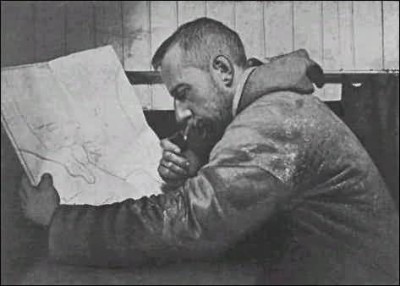
Roald Amundsen
Thor Heyerdahl was an adventurer and ethnographer with a background in zoology. His name became well known with the Kon-Tiki expedition in 1947 when he sailed 8,000 kilometers across the Pacific Ocean in a hand-built raft, from South America to the Tuamotu Islands.
Kon-Tiki, Kon-Tiki Museum - Image from Wikipedia / Bahnfrend
In 2006 Tormod Granheim another Norwegian adventurer, was the first to descend the North Face of Mount Everest on skis.
Edvard Munch is the world-famous artist from Norway. He was born in Loten in 1863 and was an active artist for approximately sixty years. During an interview he said of his famous painting, The Scream, that it was “nature screaming not the figure”. This is of course very relevant for today’s conservation awareness. There is now a new dedicated Munch Museum in Norway.
Henrik Johan Ibsen, a renowned playwright, theatre director and poet, was born in Skien in 1828. His well-known work, Peer Gynt, was written in 1866 and Edvard Grieg was the composer. Music is still very much part of the culture of Norway with the Bergen Philharmonic Orchestra and the Oslo Philharmonic Orchestra. There is also a modern music scene in pop and rock, one of Norway’s most famous groups being A-ha.
All this exciting research has whet my appetite for travelling, Covid allowing of course!
Contributed by Rosemary
(Published 26th Jan 2022)


